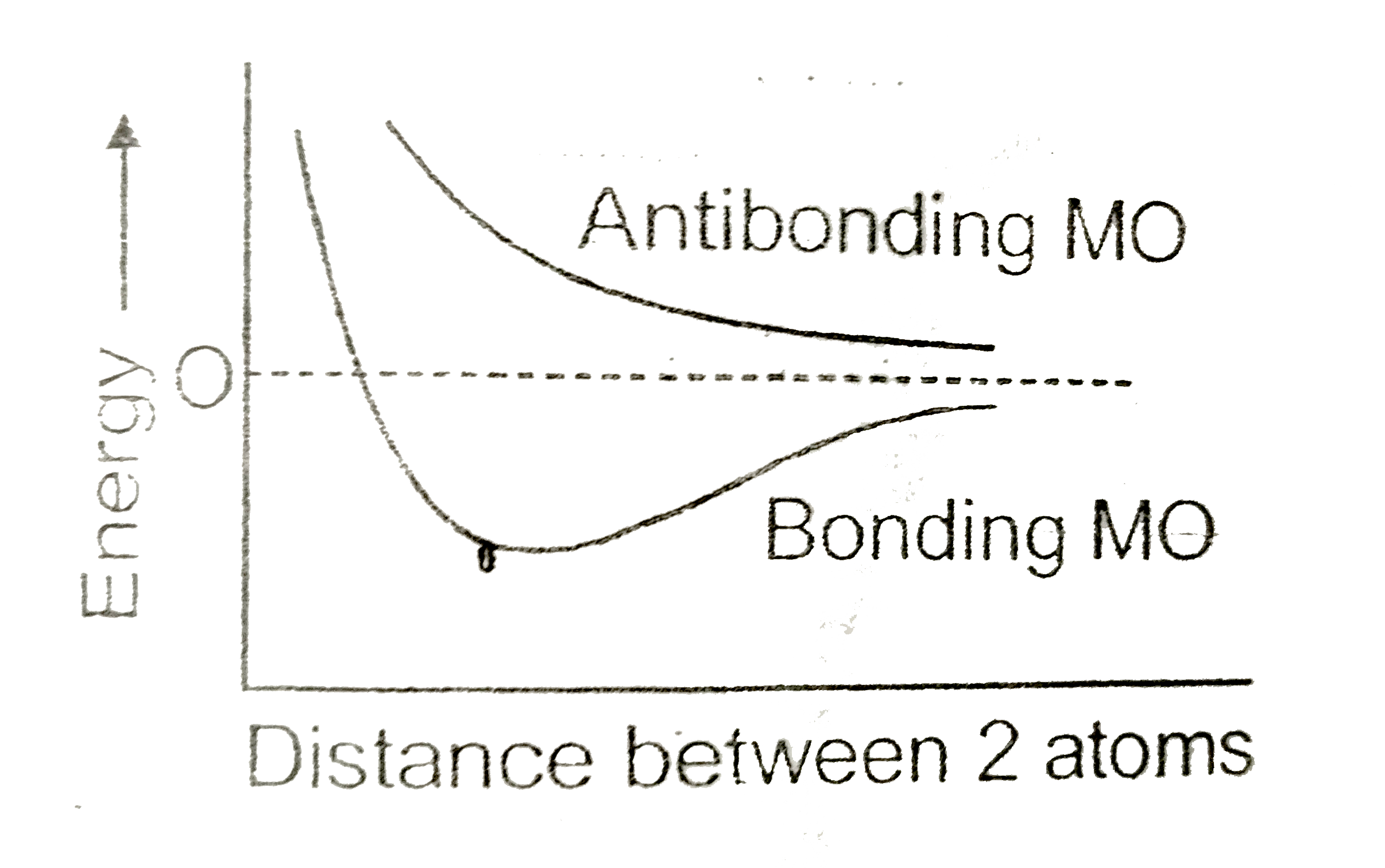A
B
C
D
Text Solution
Verified by Experts
The correct Answer is:
|
Topper's Solved these Questions
CHEMICAL BONDING AND MOLECULAR STRUCTURE
AAKASH INSTITUTE ENGLISH|Exercise Assignment Section - E (Assertion-Reason Type Questions)|10 VideosView PlaylistCHEMICAL BONDING AND MOLECULAR STRUCTURE
AAKASH INSTITUTE ENGLISH|Exercise Assignment Section -F (Matrix- Match Type Questions)|4 VideosView PlaylistCHEMICAL BONDING AND MOLECULAR STRUCTURE
AAKASH INSTITUTE ENGLISH|Exercise Assignment Section - C Objective Type Questions(More than one options are correct )|13 VideosView PlaylistBIOMOLECULES
AAKASH INSTITUTE ENGLISH|Exercise EXERCISE (ASSIGNMENT) SECTION - D Assertion - Reason Type Questions|5 VideosView PlaylistCHEMICAL KINETICS
AAKASH INSTITUTE ENGLISH|Exercise ASSIGNMENT (SECTION D : Assertion - Reason Type Questions)|15 VideosView Playlist
Similar Questions
Explore conceptually related problems
Knowledge Check
Similar Questions
Explore conceptually related problems
AAKASH INSTITUTE ENGLISH-CHEMICAL BONDING AND MOLECULAR STRUCTURE -Assignment Section - D (Linked Comprehension Type Questions)
- Molecular orbital (MOT) the atoms in a molecule are supposed to loose ...
09:39
|
Play - Molecular orbital (MOT) the atoms in a molecule are supposed to loose ...
06:23
|
Play - Molecular orbital (MOT) the atoms in a molecule are supposed to loose ...
12:29
|
Playing Now - Electric Dipole moment is a vector quantify . If a compound contain mo...
04:03
|
Play - Electric Dipole moment is a vector quantify . If a compound contain mo...
04:03
|
Play - Electric Dipole moment is a vector quantify . If a compound contain mo...
04:03
|
Play - Electric Dipole moment is a vector quantify . If a compound contain mo...
04:03
|
Play - Lattice energy : Lattice energy is the amount of energy released when ...
02:53
|
Play - Lattice energy : Lattice energy is the amount of energy released when ...
02:35
|
Play - Shape of the compound depend on type and number of electron pair aroun...
04:03
|
Play - Shape of the compound depend on type and number of electron pair aroun...
04:29
|
Play - Shape of the compound depend on type and number of electron pair aroun...
03:59
|
Play
